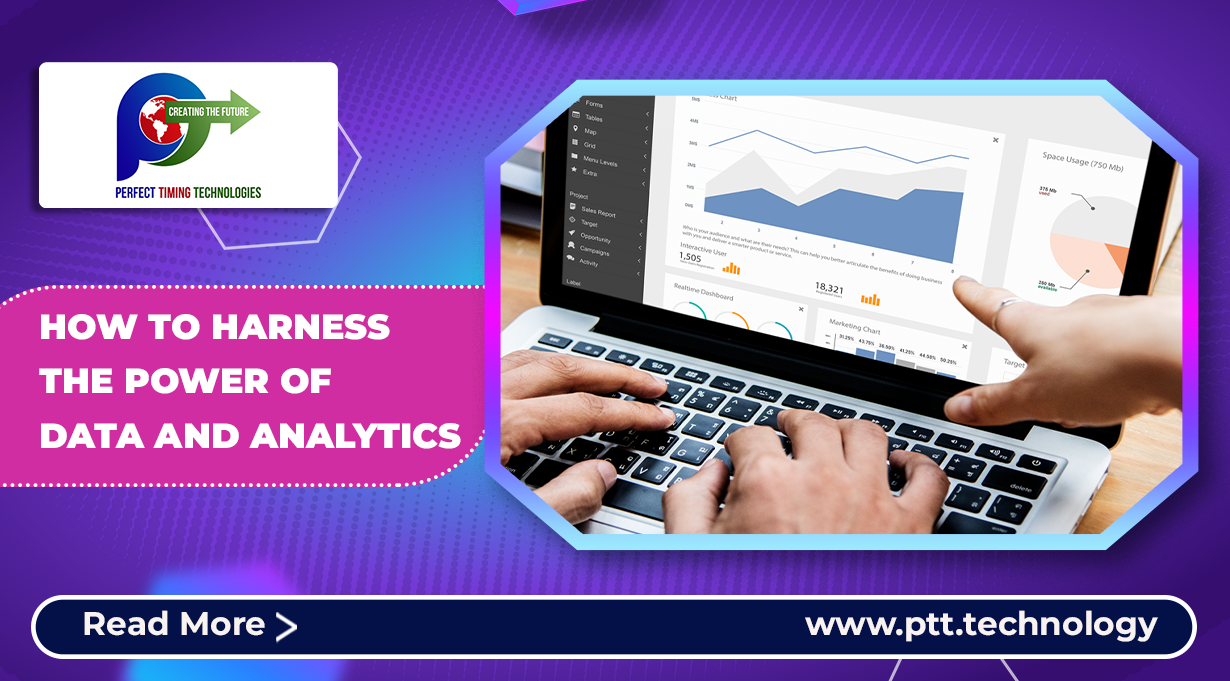
The global civilization is facing disruption and posing a threat to the business industry worldwide. Therefore, it has become crucial for modern businesses to go the extra mile to ensure success.
By applying a data and analytics approach, you can better cope with an uncertain business environment and position yourself for long-term success.
This article will deal with data and analytics strategies to cope with an uncertain market environment. First of all let us define the data and analytics approach.
What is a Data Analytic Approach?
A data and analytics approach is the systematic method used to collect, organize, analyze, and interpret data to gain insights and support decision-making within an organization. It involves various techniques and technologies to extract meaningful information from data, identify patterns, trends, and correlations, and derive actionable insights.
Top Data and Analytics Strategies to Leverage
Using data and analytics can be instrumental in coping with an uncertain market scenario.
Here are some effective strategies to leverage data and analytics to navigate an uncertain business environment.
- Relevant Data Collection and Analysis: Collect relevant data from various sources such as customer feedback, sales data, market trends, and industry reports. Use analytics tools to analyze the data and gain insights into customer behavior, market dynamics, and emerging trends. It will help you make informed decisions based on concrete evidence rather than assumptions.
- Identifiable Patterns and Trends: Analyze historical data to identify patterns and trends that can provide valuable insights into market fluctuations, customer preferences, and demand patterns. By understanding these trends, you can anticipate market changes, adjust your strategies, and align your offerings with customer needs.
- Predictive Analysis: Utilize predictive analytics techniques to forecast future market conditions and potential scenarios. It allows you to anticipate challenges, identify opportunities, and develop proactive strategies to mitigate risks or capitalize on emerging trends. Predictive analytics is used in uncertain environments to make data-driven decisions based on future projections.
- Customer Segmentation and Targeting: Segment your customer base based on demographic, behavioural, or psychographic factors. By analyzing customer data, you can identify key customer segments likely to be more resilient or have different needs during uncertain times. It enables you to tailor your marketing efforts, messaging, and product/service offerings to target and serve specific segments.
- Real-time Monitoring: Implement real-time monitoring systems to track relevant metrics, such as sales, customer engagement, website traffic, and social media sentiment. It allows you to quickly identify shifts in customer behaviour, market trends, or emerging issues. Real-time data provides timely insights, enabling you to respond promptly and adapt your strategies accordingly.
- Scenario Modelling: Utilize data and analytics to create scenario models that simulate different market conditions and potential outcomes. By running “what-if” scenarios, you can assess the potential impact of various factors on your business and identify the best strategies to mitigate risks or seize opportunities. Scenario modelling helps you make data-informed decisions and develop contingency plans based on different scenarios.
- Competitive Analysis: Leverage data and analytics for competitive analysis and benchmarking. Analyze your competitors’ performance, pricing strategies, product offerings, and customer satisfaction. This information can provide valuable insights into market positioning, competitive advantages, and potential gaps that you can leverage to differentiate yourself in the market.
Final Thoughts
By leveraging data and analytics, you can gain valuable insights, make informed decisions, and adapt your strategies to cope with market uncertainties. It’s important to remember that data and analytics should complement your business acumen and experience rather than replace them entirely.







